The residential housing market in Minneapolis and St. Paul is in full boom. After years of suburban sprawl, new apartment towers are being erected all across the city in both downtowns, the neighborhoods surrounding them, and along mass transit corridors. In Minneapolis, it’s difficult to drive anywhere near downtown and not see one—let alone two—cranes at any moment. While some units have already been finished, especially around the University of Minnesota, the sheer scale and size of these new buildings will alter the urban fabric of these two cities, in addition to filling in the skyline.
Much of the new residential development has been primarily focused in Downtown Minneapolis and the surrounding neighborhoods. Most developments are mixed-use and the residential component is market-rate apartments.
The boom is the result of scarce apartment development over the past decade or so in conjunction with a recovering economy, as well as population growth both from people moving back to the city and new people moving to Minneapolis and Saint Paul. This population growth and strong apartment demand has kept the apartment vacancy rate near 3% for over two years now according to the Star Tribune. The Star Tribune also noted that over 20,000 apartment units are either under construction or in planning.
These 20,000 units represent a massive new investment in not only the housing stock of these urban neighborhoods, but also in its future. While some of the 20,000 units are studio or one-bedroom units, others are two or even three bedroom units. 20,000 units don’t merely represent a 1:1 ratio between unit and renter; many units have more than one person, meaning that the population of these neighborhoods is likely to surge by more than 20,000 in the near future as these projects open.
This means that these neighborhoods and their businesses will stand to benefit from the growing population and new businesses and services will open. In fact, this fall, a new Whole Foods opened on Hennepin Avenue, a new apartment building that replaced an old car dealership.
The addition of a Whole Foods is a welcome investment from downtown neighborhoods that most recently have lacked the essential services needed to attract new residents and families. The presence of grocery stores, doctors offices, and schools will only further enhance the livability and viability of these neighborhoods for not only millennials and baby boomers, but also for middle class families with children, a demographic that these neighborhoods will need to attract to continue building on their successes.
Several other noteworthy projects include the ‘Nic on Fifth,’ a new 27-story tower near Nicollet Mall in the heart of Downtown Minneapolis. On the same block, there is a proposal to build another residential skyscraper topping out at 30 stories.
On the other end of Downtown, towards Downtown East near the Metrodome, major developer Ryan Cos. plans to build a new headquarters for Wells Fargo in addition to adding new housing and a new public park to front the new Vikings Stadium that will begin construction in December. Let’s just say that in a few years, Downtown East will look quite new.
Probably one of the most visually appealing and distinctive development is being built in Loring Park, a neighborhood just southeast of Downtown Minneapolis. The 36-story development with an all-glass oval shape already makes a massive impression on the skyline as few high-rise developments currently surround it.
I could go on and on about the specifics of different developments, but I won’t; that is for you to explore. However, I do want to discuss the consequences of all this – both good and bad.
First, the development is great for a lot of people and things. It has helped everyone in the construction and real estate industries, and even small local business owners that need more customers. This development also represents a massive reinvestment in the inner-core, making Minneapolis-Saint Paul a much more dense and livable area.
I do want to raise caution, though; much of the new development has a similar architectural style. It is great that this style is extremely urban in nature, but we still must find a way to create architectural distinction in order to create interesting neighborhoods and a diverse urban fabric.
Finally, we also must pay attention to the role all this development plays in housing affordability. All of these new apartments cater generally to people of means. We should continue investing in housing for underserved populations so that they too can have access to the jobs that areas like Downtown Minneapolis and St. Paul offer.



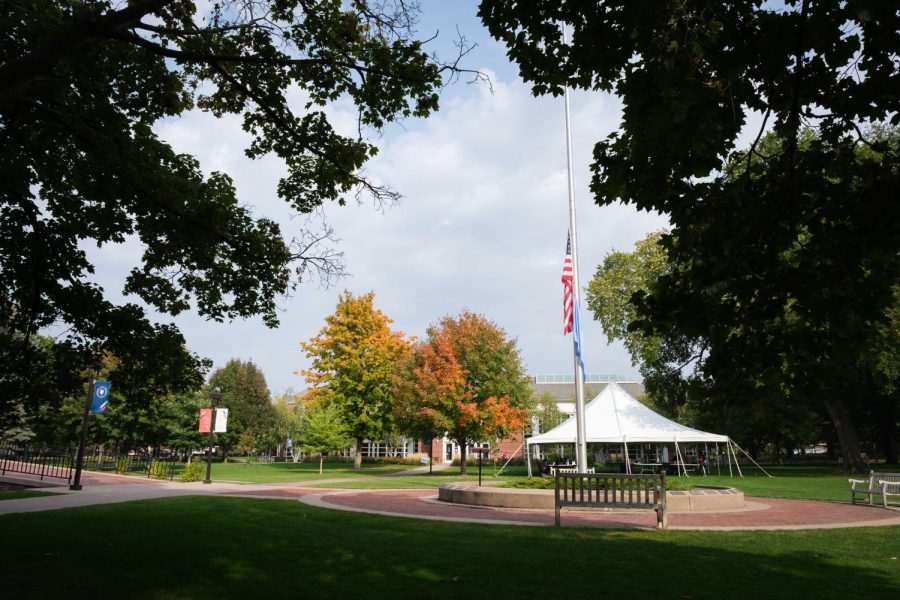



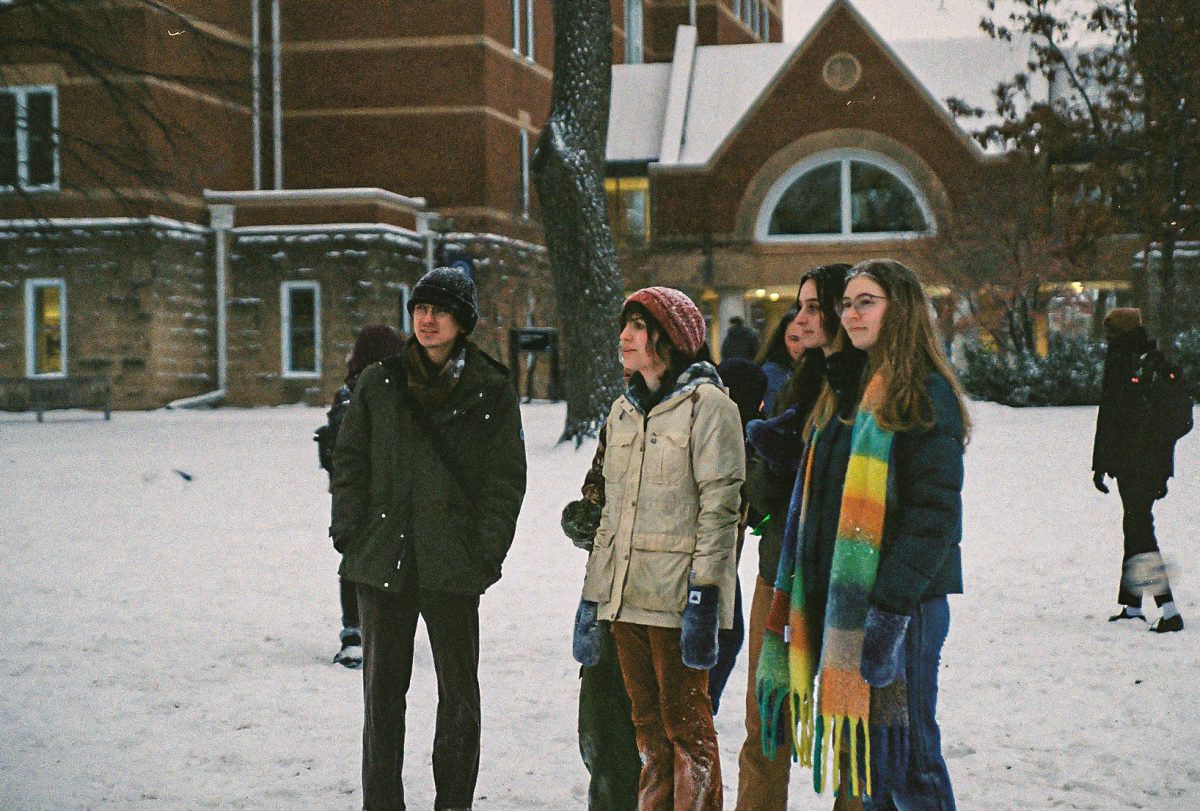

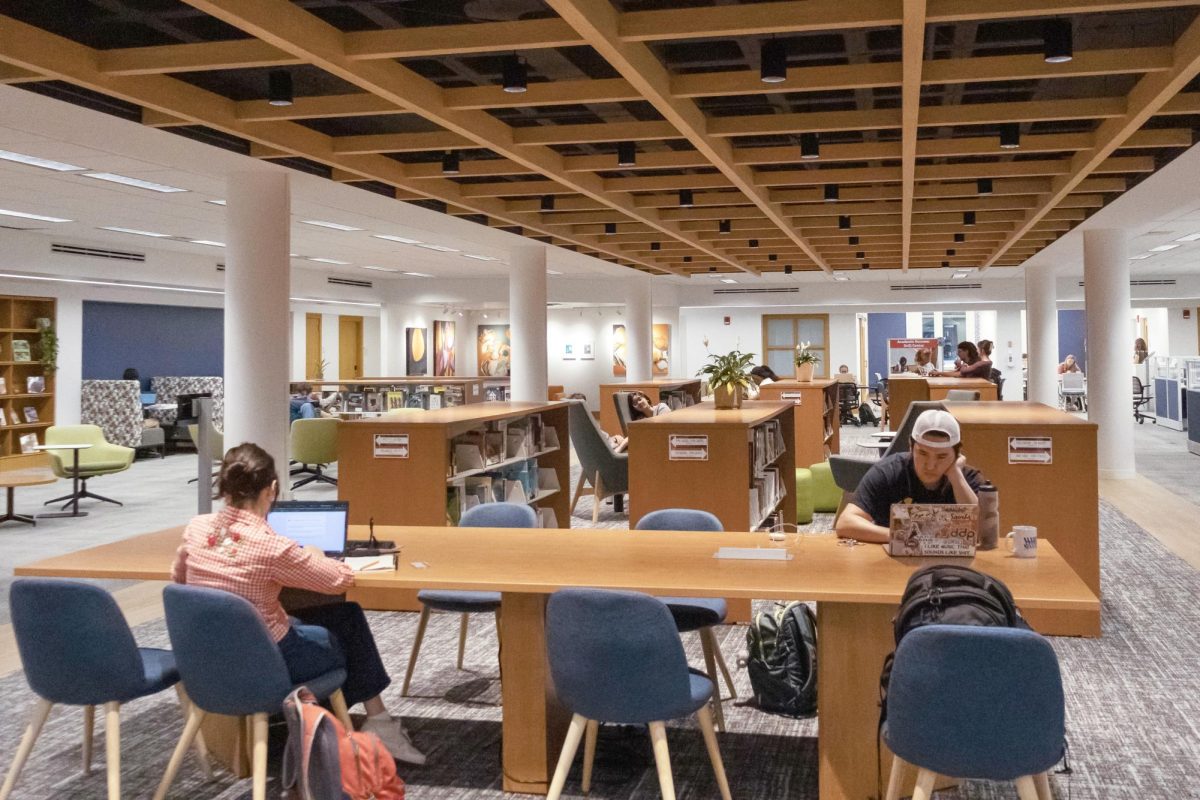
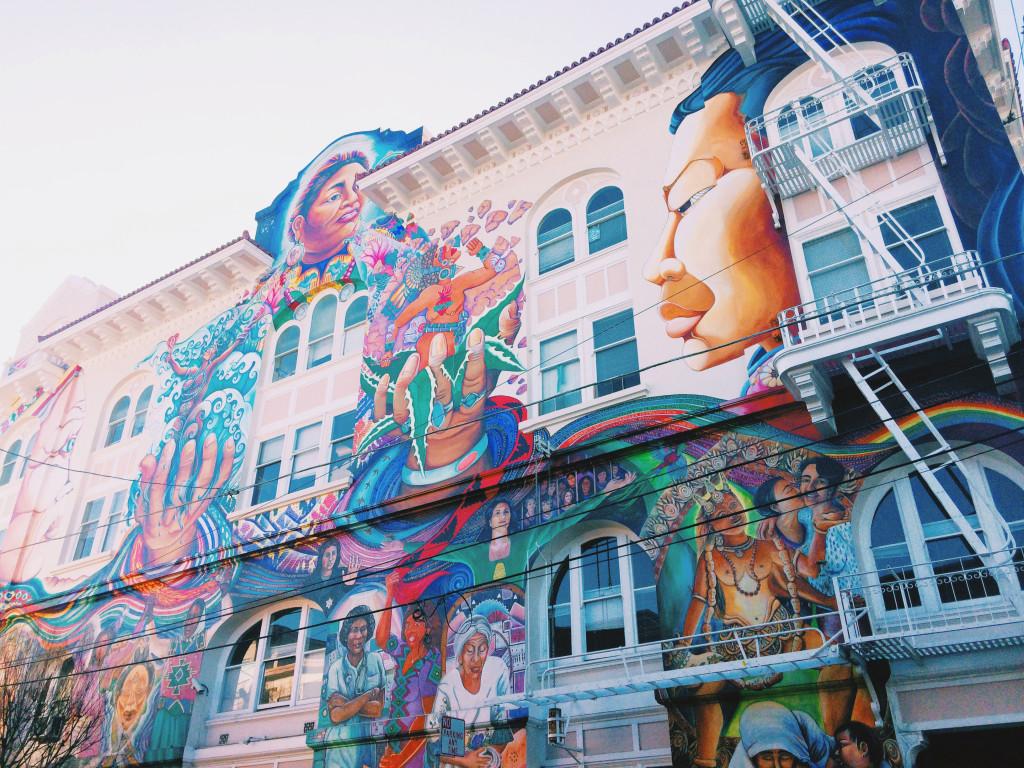

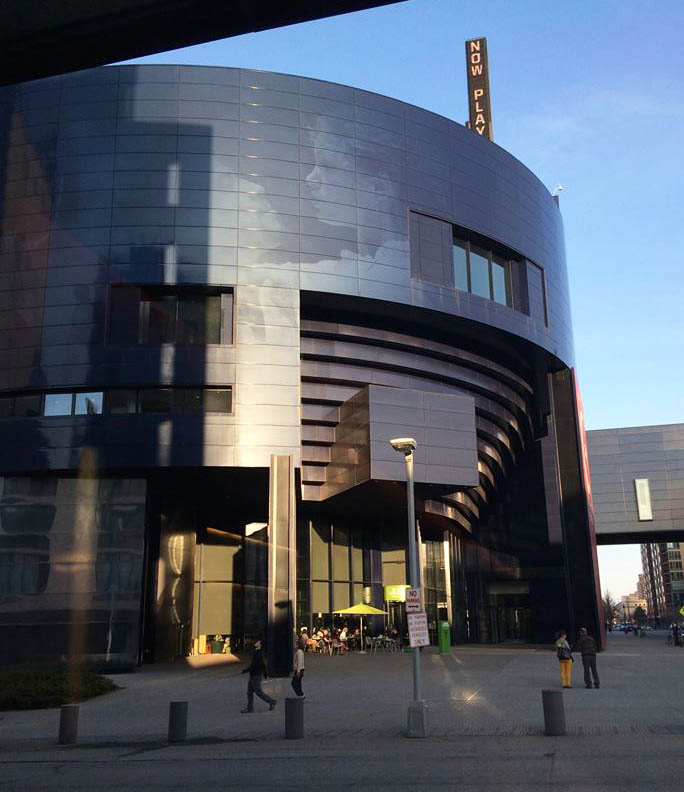
Benjamin Clarkson • Sep 9, 2019 at 12:23 pm
One thing I have actually noticed is the fact that there are plenty of beliefs regarding the financial institutions intentions when talking about foreclosures. One fable in particular is the bank wants your house. The lending company wants your cash, not the house. They want the amount of money they loaned you together with interest. Avoiding the bank will only draw the foreclosed conclusion. Thanks for your publication.